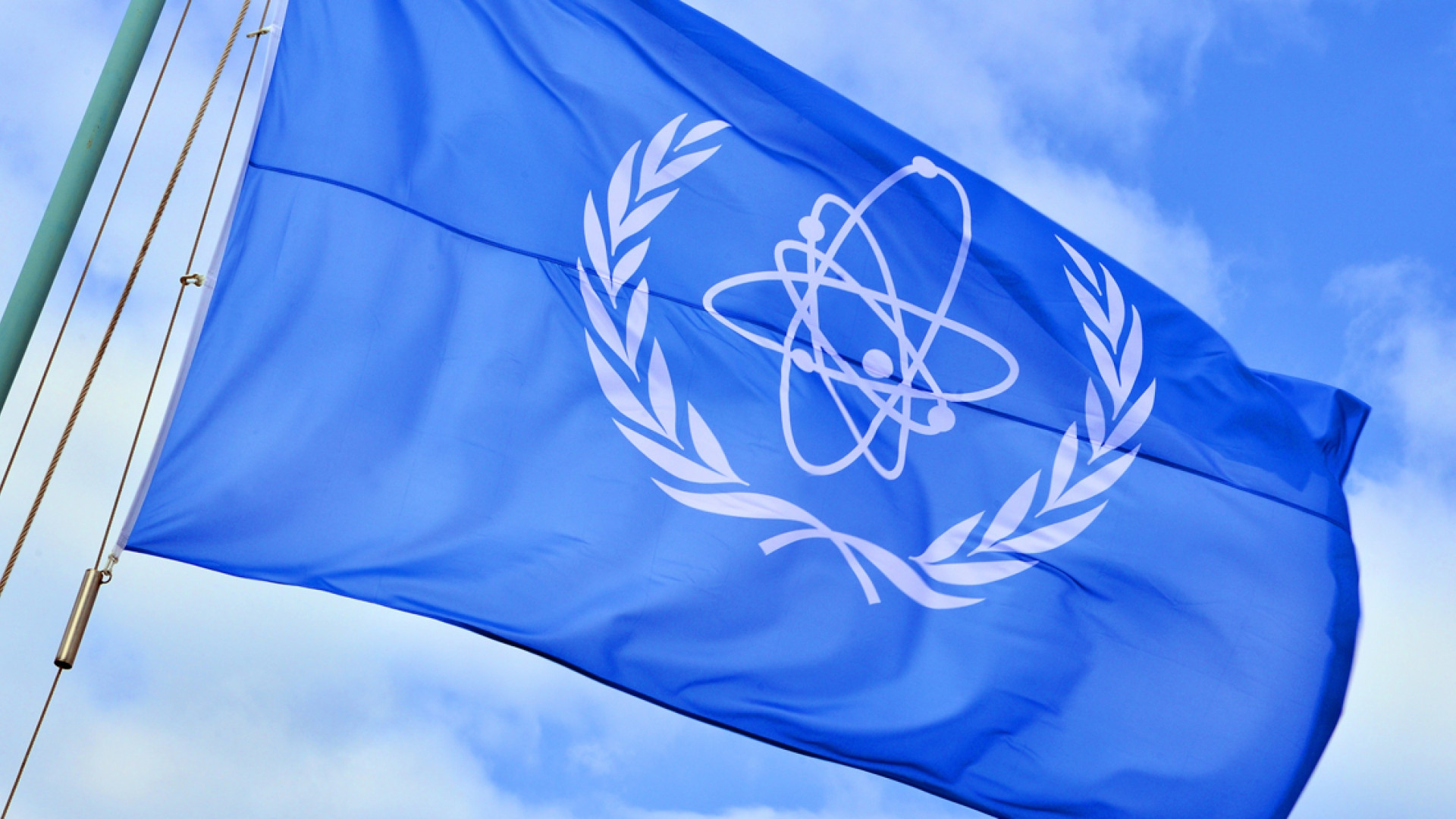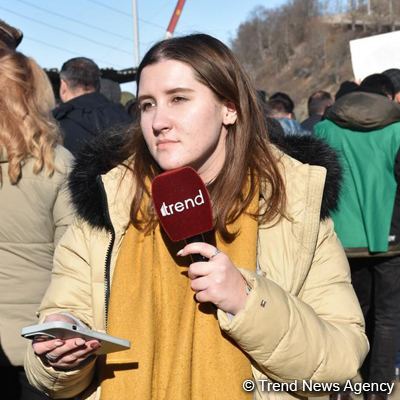BAKU, Azerbaijan, June 24. The Director General of the International Atomic Energy Agency (IAEA) Rafael Mariano Grossi has welcomed today’s announcements regarding the situation in Iran and called for the immediate resumption of nuclear verification work in the country, following a 12-day military conflict that inflicted significant damage on several of Iran’s nuclear sites, Trend reports.
In a letter addressed to Iranian Foreign Minister Abbas Araghchi, Grossi proposed holding talks in the near future, underlining the importance of restoring cooperation between Iran and the United Nations nuclear watchdog.
“Resuming cooperation with the IAEA is key to a successful diplomatic agreement to finally resolve the dispute over Iran’s nuclear activities,” Grossi stated. “I’ve written to Foreign Minister Araghchi stressing the importance of us working together and proposing to meet soon.”
Despite the outbreak of hostilities and the subsequent suspension of on-site inspections, IAEA staff have remained in Iran and are prepared to immediately resume verification activities at key nuclear facilities. Among the agency’s priorities is confirming the status of more than 400 kilograms of uranium enriched to 60 percent — material last verified shortly before Israeli air strikes began on June 13.
Throughout the conflict, the IAEA has been closely monitoring developments at nuclear sites in Arak, Esfahan, Fordow, and Natanz. Based on data provided by Iran’s Nuclear Regulatory Authority, the agency has assessed the impact of the attacks, both in terms of potential radiological risks and environmental consequences.
“As I have repeatedly stated — before and during the conflict — nuclear facilities should never be attacked due to the very real risk of a serious radiological accident,” Grossi emphasized. He confirmed that while extensive damage was sustained at multiple uranium conversion and enrichment facilities, there have been no reports of increased off-site radiation levels.
“Our assessment is that there has been some localized radioactive and chemical release inside the affected facilities that contained nuclear material, mainly uranium enriched to varying degrees,” Grossi said. “But crucially, Iran’s research and power reactors were not targeted.”
In his latest assessment to the IAEA Board of Governors on Monday, Grossi reported additional damage from air strikes, particularly at Fordow and Natanz. According to the agency’s findings, access roads and an entrance to the underground Fordow site were hit in a subsequent U.S. strike. At Natanz, two direct impacts above underground enrichment and storage halls may have caused localized contamination and chemical hazards.
While the agency has found no radiological consequences for the population or environment in neighboring countries, Grossi acknowledged regional concerns and reaffirmed the IAEA’s commitment to transparency.
“The IAEA can provide assurances that there has been no radiological impact to the population and the environment in neighboring countries,” he said.







